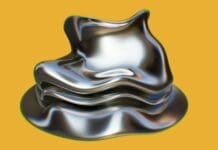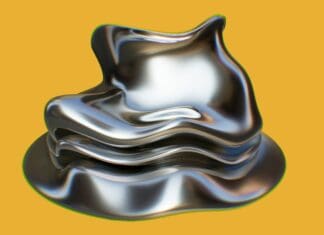
This post is also available in:
 עברית (Hebrew)
עברית (Hebrew)
A new type of vision-enhancing technology is currently being developed to be used in the battlefield. “Hyperspectral” imaging looks beyond ordinary colors to see the unique electromagnetic energy emitted by every object or material – whether solid, liquid, or gas.
This new type of imaging, enabled by hyperspectral sensors, could help soldiers identify objects when environmental conditions or distance challenge vision.
“Every manmade or natural material has a signature that can be unique. Hyperspectral allows us to see that, even in very small samples,” said Greg Terrie, a principal scientist from the Harris Geospatial Solutions team. “If someone hides a tank in the woods, all I need to do is get a pixel on that item. This technology will allow me to see things I could not see with the naked eye or even with a broadband sensor.”
Hyperspectral technology has recently surged, and the market is becoming increasingly competitive. The U.S. Air Force, for example, has already taken an interest.
In the past, these systems could only go into very big aircraft. As hyperspectral sensors get smaller, cheaper and easier to use, the number of potential applications increases. For situational awareness, for instance, this type of sensing could be used to provide commanders a more granular view of the battlefield.
Perhaps a soldier is too far away to identify an object. Identifying the object by its material composition with the help of hyperspectral imaging could solve the problem, according to c4isrnet.com.
“It could be different roof types, wood or metal, or it could be different road types, concrete or asphalt. This data allows me to separate those things at a fine level of detail. Not only is it a wood roof, it is a southern pine roof. Those are things you can’t do with other kinds of sensors,” says Terrie.
Researchers still are fine-tuning the technology. They’re turning to artificial intelligence, machine learning and other sophisticated processing techniques to ensure that battlefield intel is as accurate as possible.
In the short term this likely will mean running hyperspectral sensors in tandem with other data nodes.

























